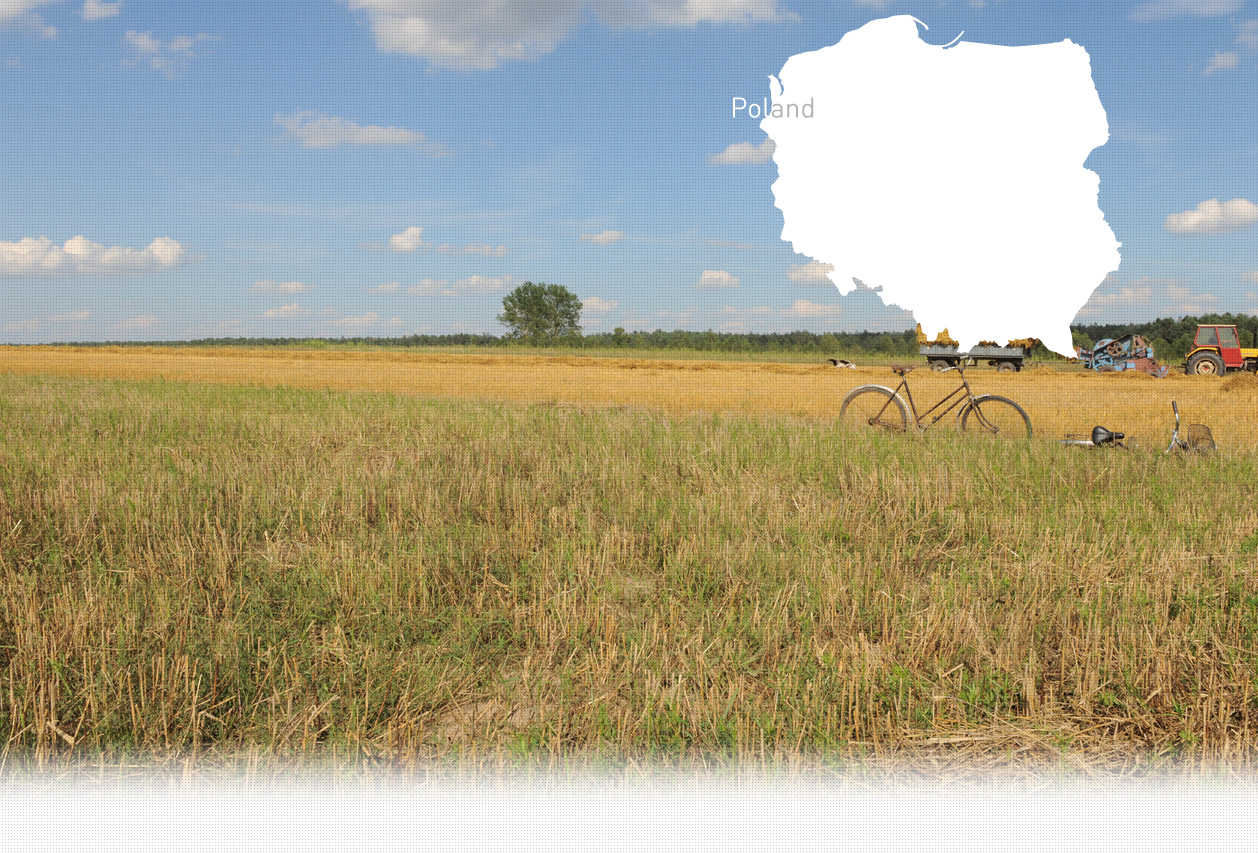

1 Killing site(s)
Jan L., born in 1936: "I heard there would be a shooting of Jews, so I went to the site where the pit had already been dug. It was located behind a fence, in a wasteland. When I arrived, the Jews were standing at the edge of the pit, which measured about 5 meters long and 1 meter deep. There were approximately ten of them. After two bursts from a machine gun, the Jews fell into the pit. The Germans, positioned about 5 meters away, carried out the shooting with several men firing. During the execution, two Jews managed to escape while being lined up at the edge of the pit. The Germans chased after them, but I do not know what became of them. The Germans did not leave immediately after the shooting. When I approached the pit, I noticed the bodies of the Jews were still moving. The pit was deeper than one meter. A Ukrainian man in civilian clothes, who had been tasked with filling in the pit, spotted me and chased me away.” [Testimony N°YIU445P, interviewed in Dorbozy, on April 1st, 2015]
"In Olchowiec, Krasnystaw county, from November 15 to 30, 1942, 47 local Jews and Jews from the surrounding area were shot. The corpses were buried in a single grave." [Minutes of the Municipal Court in Biłgoraj, dated October 5, 1945; IPN, 337 E 1047]
Dorbozy is a village in the administrative district of Gmina Obsza, within Biłgoraj County, Lublin Voivodeship, in eastern Poland. It is located approximately 4 km north of Obsza, 20 km east of Tarnogród, 27 km southeast of Biłgoraj, and 104 km south of the regional capital, Lublin.
The village became a German colony in the 19th century, and over the decades, the local population underwent Germanization. According to testimonies collected by Yahad - In Unum, there were no Jewish residents in Dorbozy itself before the Second World War. However, a few Jewish families lived in the nearby village of Olchowiec, just 1.5 km away.
Rafael Wasserman, a Jewish survivor from Olchowiec, provided valuable insight into the small but devout Jewish community of five families living there. This community maintained Jewish traditions and belonged to the synagogue district of Tarnogród. The younger children from Olchowiec attended the heder (Jewish religious school) in Tarnogród. The local Jews eked out a modest living through trade with the surrounding villagers.
During the Second World War, Dorbozy and Olchowiec were part of the Babice commune, initially occupied by German forces on September 14, 1939. Ten days later, the Red Army took control, but they withdrew on October 5, 1939, allowing the Germans to reoccupy the area. According to testimonies collected by Yahad, the Polish residents of Dorbozy were deported to labor camps in Germany, leaving the village settled only by ethnic Germans (Volksdeutsche) and Ukrainians.
In the fall of 1942, the Jews living in the villages of the Babice commune, including those from Olchowiec, were ordered to relocate to Józefów, located 15 km away. There, they were housed in the homes of some of the 1,500 Józefów Jews who had been massacred by Police Battalion 101 on July 13, 1942. On November 2, 1942, the remaining Jews in Józefów, including those from the Babice commune, were deported to the Bełżec death camp. While some attempted to hide in nearby forests or villages, many were discovered and murdered.
Polish archival records indicate that between November 15 and 30, 1942, 47 Jews from Olchowiec and the surrounding areas were executed in Olchowiec and buried in a mass grave. Witnesses interviewed by Yahad confirmed that for several weeks, Jews were rounded up from various locations in the Babice commune and confined in a barn located on the border between Dorbozy and Olchowiec.
One witness reported that the execution of Jews gathered at this site was carried out over several days by Ukrainian policemen from the local Ukrainian police post. The witness described seeing the murder of a Jewish mother and her two young sons, residents of Olchowiec, who were buried in a pit dug by local Ukrainians. Simultaneously, several other executions occurred near the barn, with multiple pits dug nearby, each containing 2–3 victims. These killings took place on the wasteland near what is now the village chapel.
Another witness recounted an execution of approximately ten Jews who had been hiding in the surrounding area. They were first gathered in a barn and later shot by German soldiers at the edge of a pit dug by a local man.
To honor the memory of the Jewish victims murdered in Olchowiec, a memorial was erected at the killing site in 2018.
Do you have additional information regarding a village that you would like to share with Yahad ?
Please contact us at contact@yahadinunum.org
or by calling Yahad – In Unum at +33 (0) 1 53 20 13 17